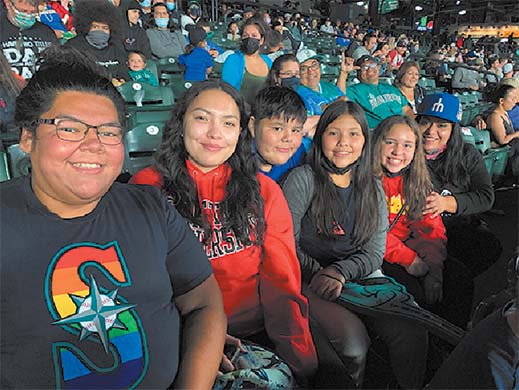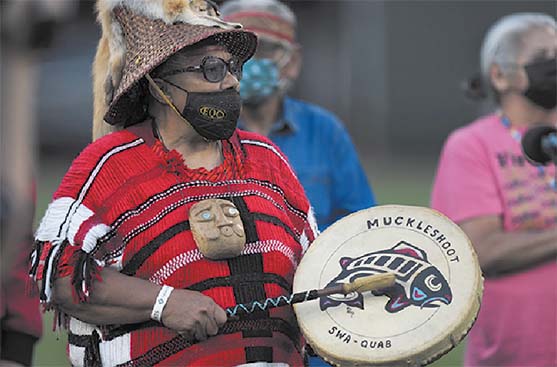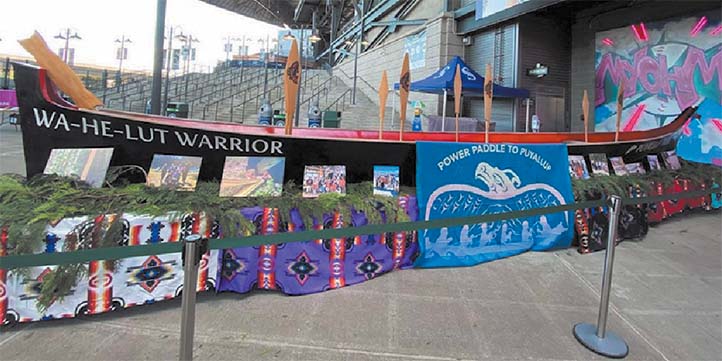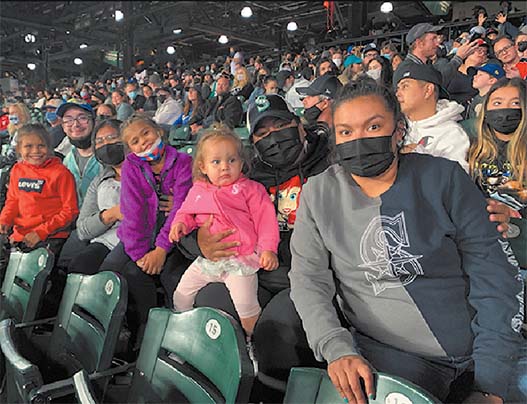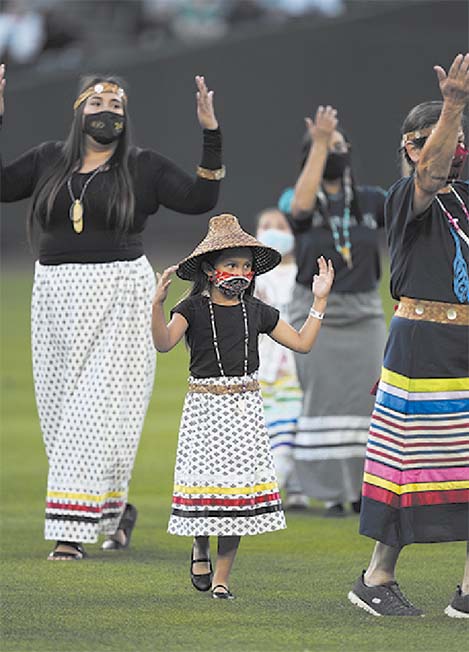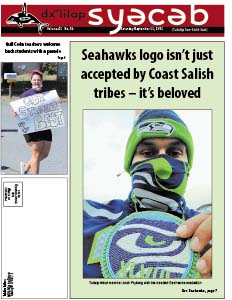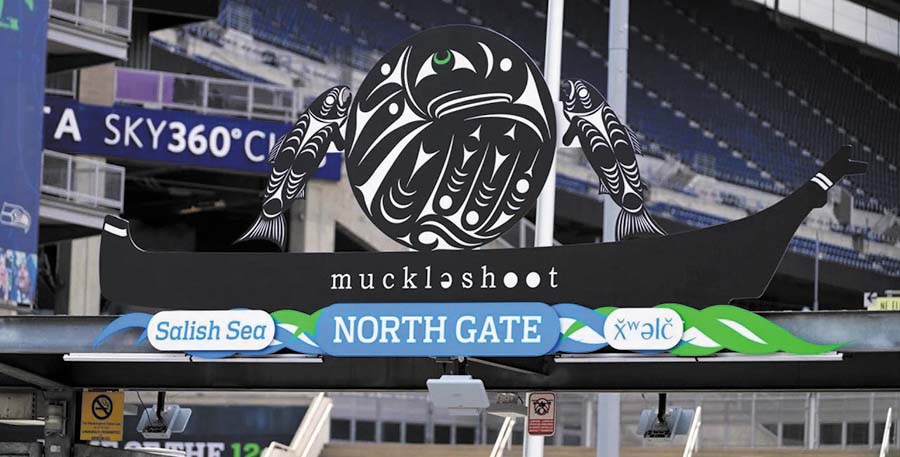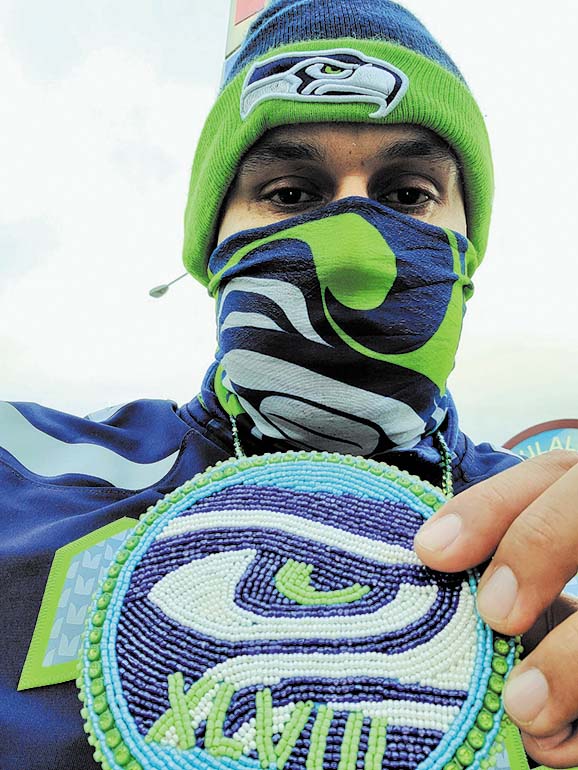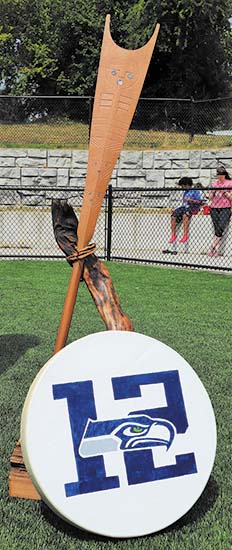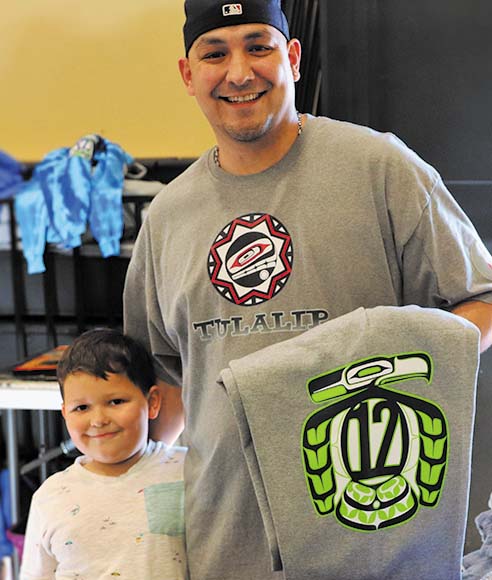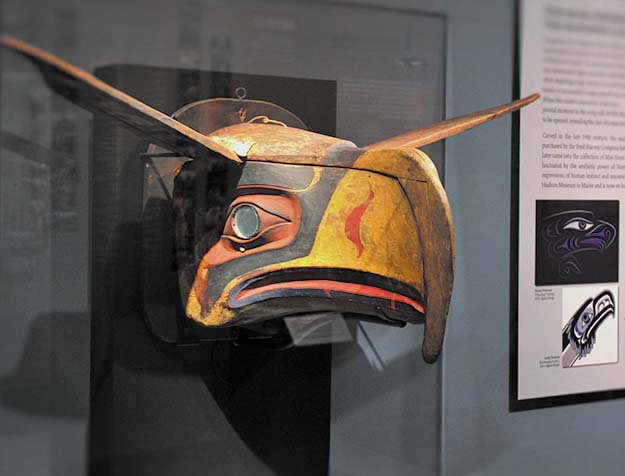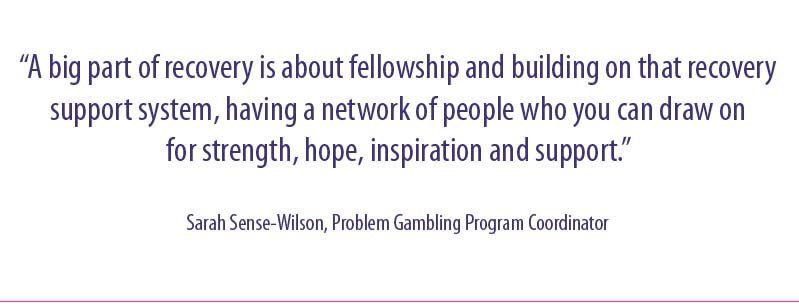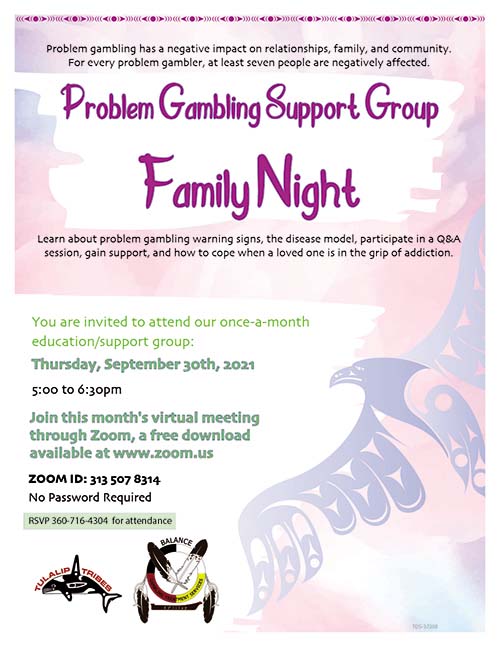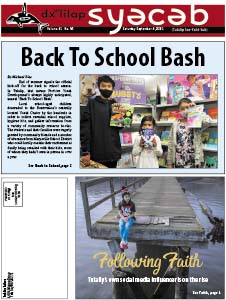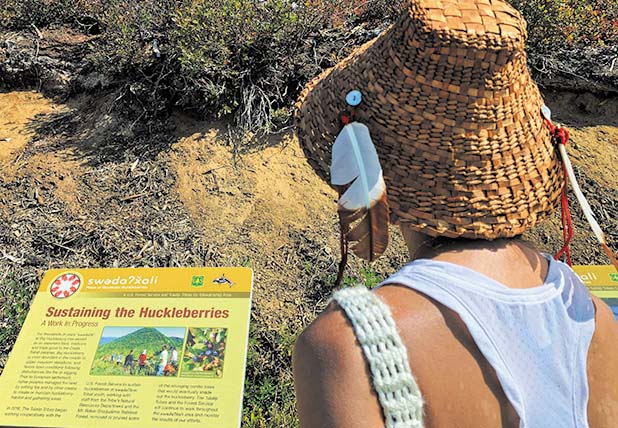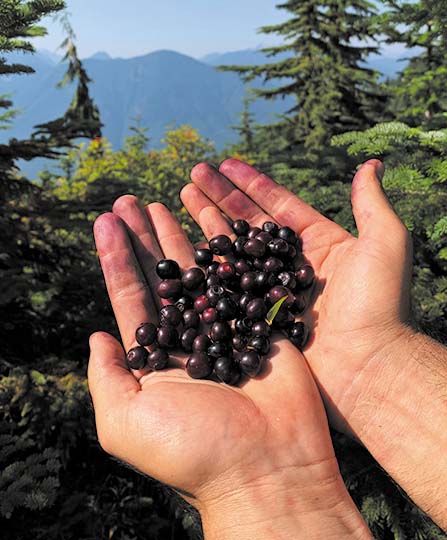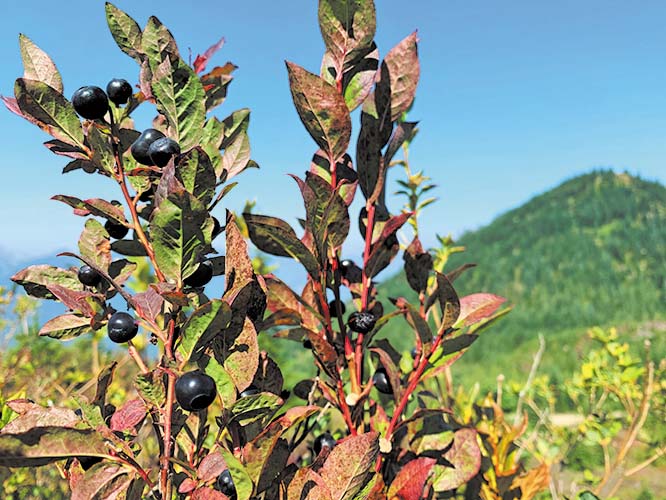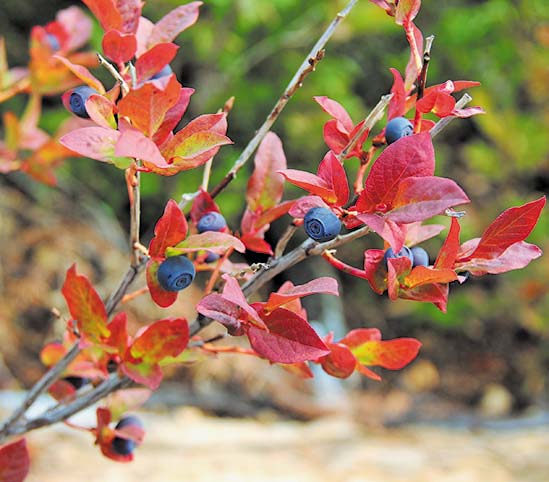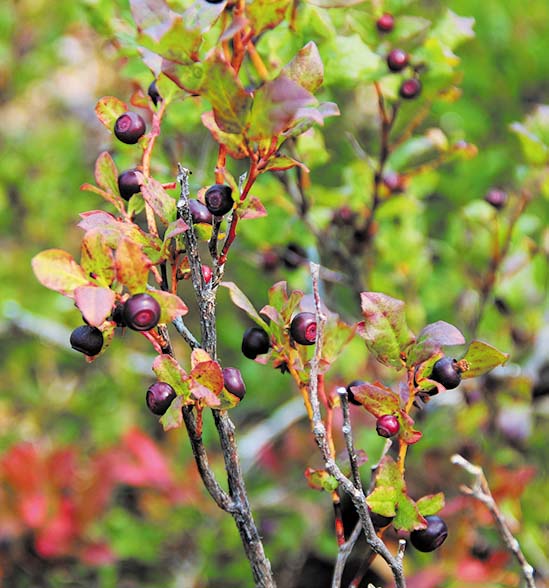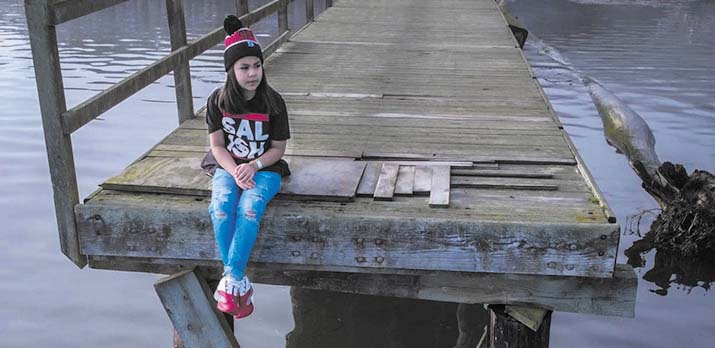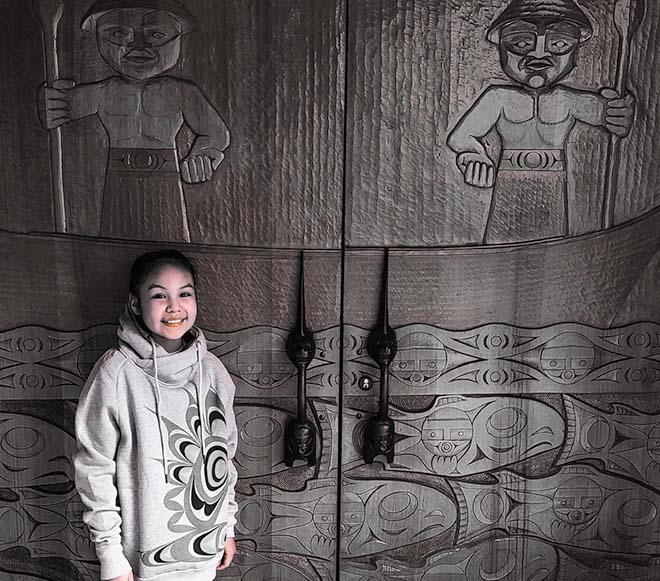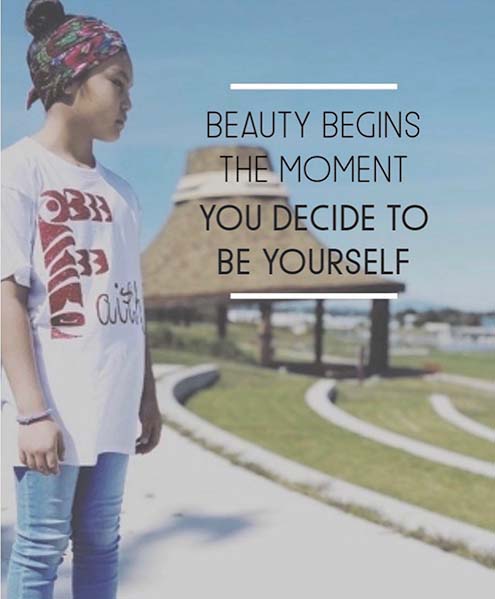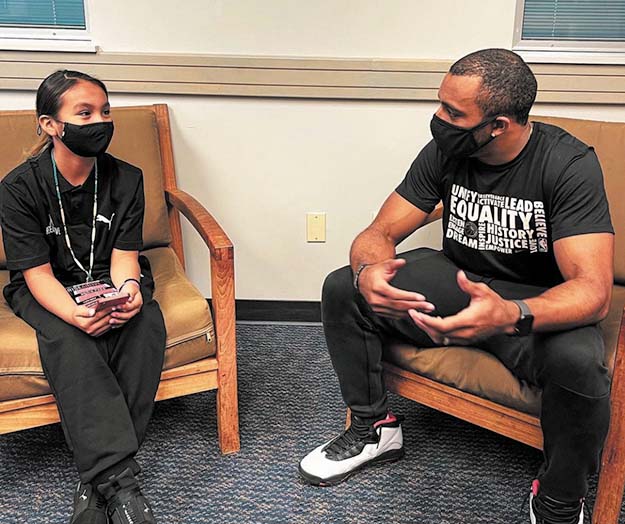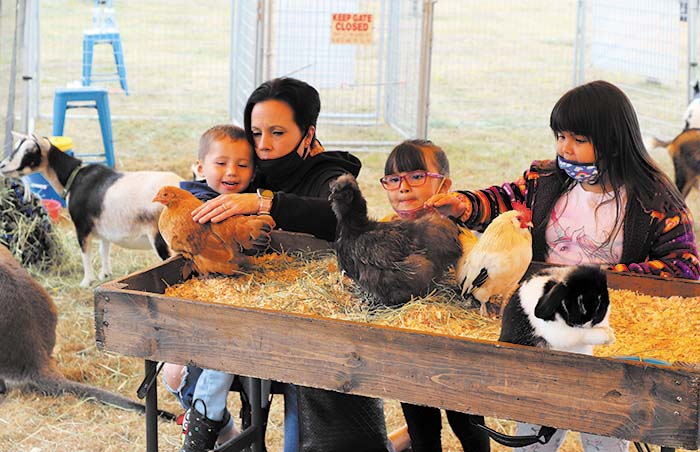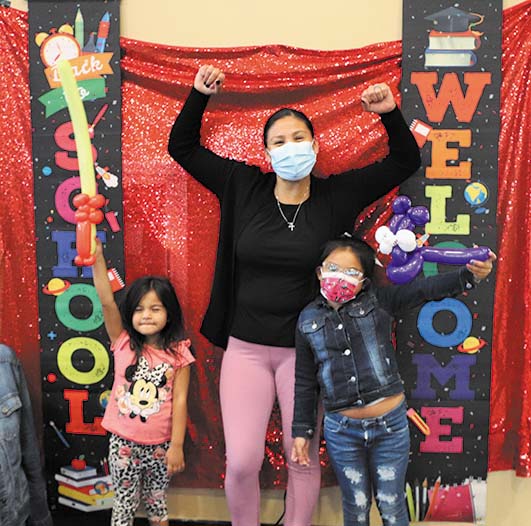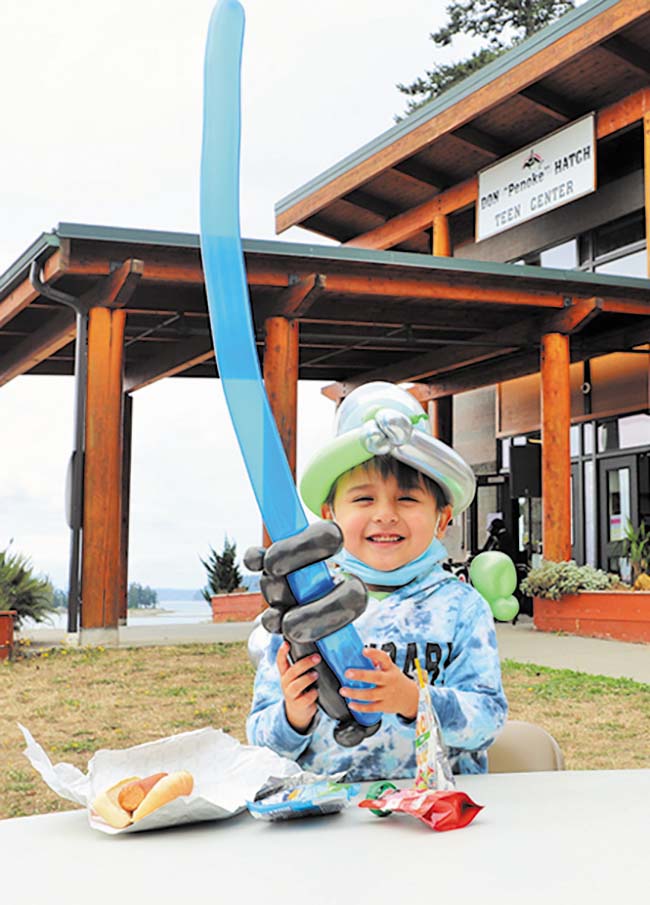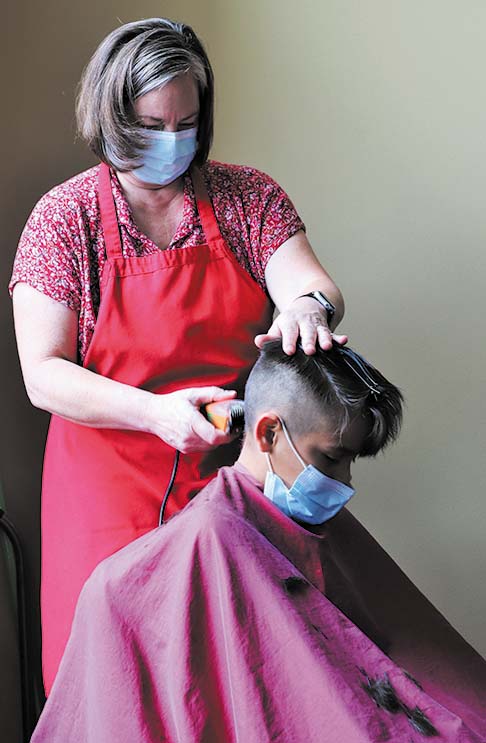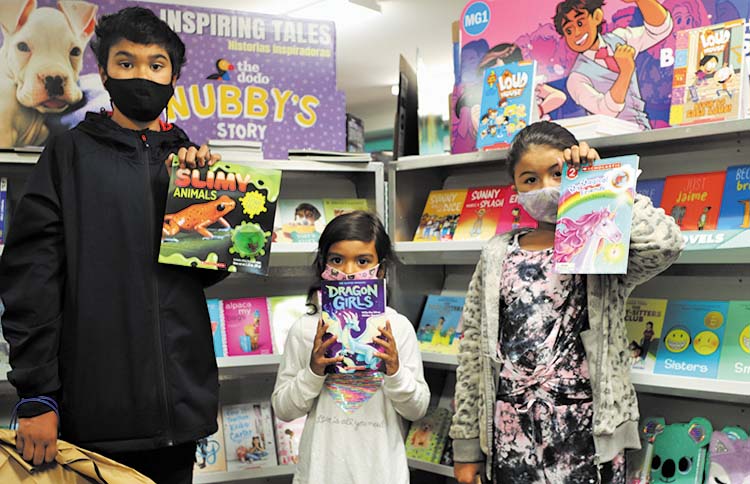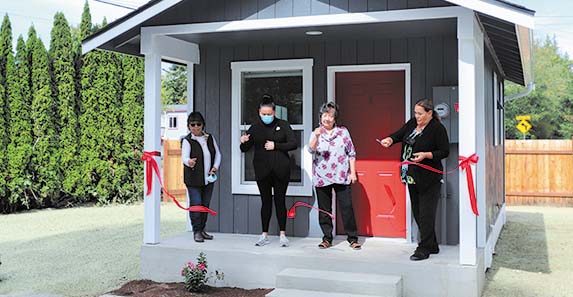
By Micheal Rios, Tulalip News
The Tulalip/Marysville area has seen significant increases in business development and population growth over the past few decades. In fact, according to census data, Snohomish County at large has doubled its population since 1990. This growth rate isn’t expected to slow down either. Currently under construction near the Arlington airport is a $355 million Amazon distribution center and an expansion of the Cascade Industrial Center that will be home to a wide range of mechanized and technology-driven industries.
What comes hand-in-hand with such growth booms is a dramatic rise in both the cost to own a home and the cost of rentals. A quick Google search of the local housing market and you may be shocked at the results. The average price tag to buy a house is nearly $500,000, while average rent for a three-bedroom apartment is north of $1,800 a month. These figures aren’t what a typical Tulalip head of household would call ‘affordable’.
Combine these costly housing figures with the super slim pickings of rentals and houses to buy on the Tulalip Reservation, and it means catastrophe for some. In this context, the catastrophe is homelessness. For a family with children, their worst nightmare. For an individual Tulalip citizen, a possible breaking point with no escape in sight.

Tulalip Tribes leadership intends to offer a solution in the form of transitional units to its membership who are currently homeless or in imminent risk of becoming homeless.
“Transition units is an idea we had because we recognize a high level of homelessness that we are experiencing in Tulalip, and we wanted to make sure we had additional resources available,” explained Chief Operating Officer Wendy Fryberg. “We really want to focus on what ‘transition’ means for our members. We understand this comes at all levels of life experience, incomes, and ages. Having these transition units is a starting point for someone to have a place to wash their clothes, cook a meal, take a hot shower, and simply have a roof over their head.

“Transition unit clients will be connected with a life coach who will assist in developing and working through a plan to achieve necessary goals for long-term, permanent housing,” she continued. “This site is a stepping stone for our membership designed to prevent homelessness. The name Place of Transition recognizes this setup as a temporary living arrangement with possible transition to the Tribe’s homeless shelter, future tiny homes coming next year, or the ultimate goal being transitioning to permanent housing.”
Back in early May, tribal council broke ground on the transitional living site. In the process they began a long requested service that will benefit Tulalip’s ever-growing membership. It’s been four months since that ground breaking and the first of several planned sites intended to prevent homelessness is now complete.

Back in early May, tribal council broke ground on the transitional living site. In the process they began a long requested service that will benefit Tulalip’s ever-growing membership. It’s been four months since that ground breaking and the first of several planned sites intended to prevent homelessness is now complete.
Located across the street from Tulalip Bay fire department, the inaugural site consists of five units that are fully furnished. Essential amenities include a bath tub with shower, kitchenette and stackable washer/dryer. The living space is compact (240 square feet), yet the sense of stability for those who will occupy each transitional unit is immeasurable.
Rent will be $300 per month to cover the water, sewer and Public Utility District (PUD) costs. Each unit will provide crucial comforts like electricity, temperature controlled heating and cooling, and connections for internet access.
Tulalip’s committed construction team put in all necessary work for what is sure to be a game changer in the community. Adding another layer of meaning, many of the hands involved in the construction were Tulalip tribal members who graduated from the Tribe’s vocational training center.
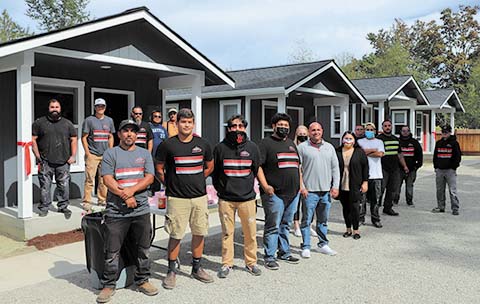
“I’m proud of my team and everyone we were able to bring onto this project. We really proved ourselves by staying within our budget and completing the construction quicker than many thought possible,” said interim construction director Stephen Quimby. “A lot of young tribal members out of the TERO program were able to gain much needed experience and be a part of something that’s going to bring hope to those who need it most.”
After seeing the finished units in person, Tulalip leadership was thoroughly impressed and commended the construction team for a job well done. Planning and development for a future second site is already underway.
For potential transition unit clients:
Applications are now available online at www.tulaliptribes-nsn.gov/Dept/Housing or from the CSR desk at the Admin Building. Submit application to transitionunits@tulaliptribes-nsn.gov or the CSR desk. Eligibility is outlined on the Housing website in the 2021 Transition Unit Procedures.
.

